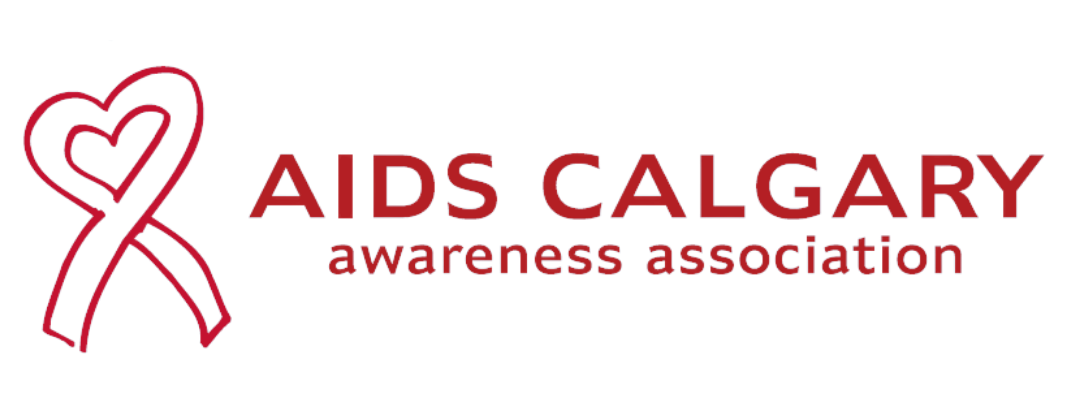Our History

SafeLink Alberta: A Timeline of HIV/AIDS in Alberta and Calgary
Welcome to the SafeLink Alberta timeline, which traces the history of HIV and AIDS in Canada, specifically in Alberta and Calgary. This timeline begins in 1981 when the New York Times reports on a rare gay cancer, which brings HIV into public knowledge. It follows the progression of the virus and the local response to the epidemic. SafeLink Alberta, formerly known as the HIV Community Link, has been at the forefront of this response, providing education, programming, and support for those affected by HIV, hepatitis C, and other sexually transmitted and blood-borne infections. Today, SafeLink Alberta continues its commitment to reducing the risks associated with sexual activity and substance use while advocating for priority populations in Calgary and southern Alberta.



July 3, 1981: The New York Times reports on a rare gay cancer, which brings HIV into public knowledge. Initial reports of HIV are seen in young gay men, and by the end of 1981, cases are also reported in people who inject substances.
March 1982: Canada reports its first case of HIV, a new and misunderstood virus that destroys the immune system.
September 1982: The CDC renames GRID Acquired Immune Deficiency Syndrome or AIDS.
1983: AIDS is first reported in Alberta, and in June of that year, the first AIDS-related death in Calgary is reported.
June 30, 1983: Alberta becomes the second province in Canada to declare HIV/AIDS a notifiable disease. Calgary's gay community raises $10,000 to donate to the University of Calgary for AIDS research.
1984: Scientists discover the cause of AIDS, and the term Human Immunodeficiency Virus or HIV is coined.
September 1985: Local gay activists and concerned community members meet to discuss the possibility of creating an AIDS support group in Calgary. They name it the AIDS Calgary Awareness Association.
Late 80s: Canada adopts a harm reduction approach in response to the AIDS crisis.
1987: The FDA approves the first HIV anti-retroviral drug, AZT.
1991: The Red Ribbon becomes an international symbol of AIDS awareness.
1998: Post-exposure prophylaxis (PEP) is trialed in San Francisco.
2003: North America's first official supervised injection site opens in Vancouver's Downtown East Side, providing safer injection supplies and helping reduce HIV rates for people who inject substances.
2005: Health Canada approves rapid HIV antibody testing, providing HIV test results in two minutes.
2007: AIDS Calgary takes over the Shift Program, which uses a rights-based approach to work with adults involved in sex work and assists them in improving their quality of life and reaching their individualized goals.
2008: AIDS Calgary engaged the University of Calgary Department of Social Work to carry out research in African communities to find out what was fueling the continued risk of HIV. The program was initially called The Right To Know and rebranded in 2015 to the Drumbeat African Communities Program.
2010: AIDS Calgary is asked by the Government of Alberta to manage STBBI prevention, education, and support delivery in the Medicine Hat & Brooks area, as well as the Bow Valley region.
2013: AIDS Calgary Awareness Association becomes HIV Community Link to better reflect the services offered with a focus on health promotion, increasing access to testing, delivering effective programs, and reducing the stigma associated with HIV. Calgary is also removed from the name as programs and services expand to other locations in Southern Alberta.
2014: Funding for Bow Valley region is cut, and the programs close.
2016: HIVCL is approached by the NDP Government and asked to complete a needs assessment for supervised consumption services (SCS) in Calgary and Medicine Hat communities. For the next three years, they work to secure SCS sites in both cities.
2017: Canada becomes the first country to publicly endorse U=U (undetectable = untransmittable).
2019: Health Canada approves the INSTI Rapid HIV Test Canada's first HIV self-testing option. When the UCP Government came into power, funding for the implementation of the two SCS sites is cancelled. Health Canada approves pre-exposure prophylaxis (PrEP) as a prevention medication to reduce the risk of sexual transmission of HIV.
March 29, 2022: HIV Community Link rebrands as SafeLink Alberta. SafeLink Alberta works to reduce the risks associated with sexual activity and substance use. We serve and advocate for priority populations in Calgary and southern Alberta by providing education, non-judgmental services and programming. SafeLink Alberta continues our commitment to supporting those affected by HIV, hepatitis C, and other sexually transmitted and blood-borne infections.

SafeLink Alberta works to reduce the risks associated with sexual activity and substance use. We serve and advocate for priority populations in Calgary and southern Alberta by providing education, non-judgmental services, and informed programming.
SafeLink Alberta continues in our commitment to supporting those affected by HIV, hepatitis C, and other sexually transmitted and blood-borne infections.
